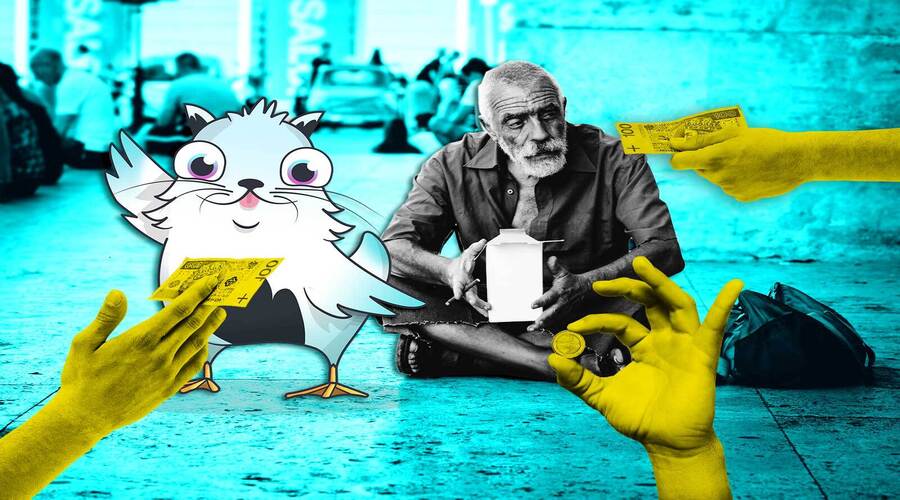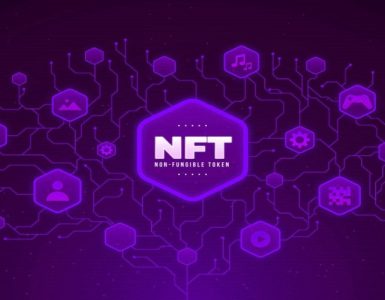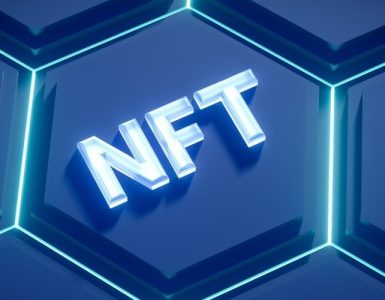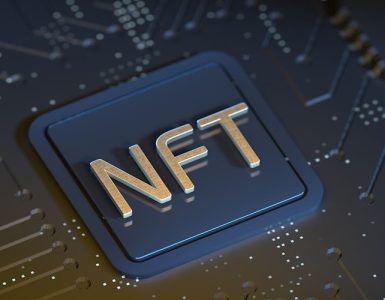In recent years, there has been a growing interest in Non-Fungible Tokens (NFTs) in the world of art and collectibles. However, the potential uses of NFTs go beyond the realm of art and can have a significant impact on philanthropy and charitable giving. NFTs offer a new way for charities and non-profits to raise funds, engage donors, and create a lasting impact. In this article, we will explore the role of NFTs in philanthropy and charitable giving, and how they can shape the future of philanthropy.
Introduction to NFTs
NFTs are digital assets that represent ownership or proof of authenticity of a unique item, such as digital art, music, or collectibles. Unlike fungible tokens such as Bitcoin or Ethereum, NFTs are non-interchangeable, meaning that each token represents a unique item. NFTs are stored on a blockchain, making them secure and transparent. The market for NFTs has grown rapidly in recent years, with sales reaching millions of dollars for some of the most unique and coveted items.
NFTs and Charitable Giving
NFTs can play a significant role in philanthropy and charitable giving by providing a new way for non-profits to engage with donors and raise funds. Here are some ways in which NFTs can be used in charitable giving:
Auctioning off unique items
Charities can create unique digital items, such as art or music, and auction them off as NFTs. The proceeds from the auction can go directly to the charity, providing a new and innovative way to raise funds.
Donating NFTs
Donors can donate NFTs to charities, which can then be sold or auctioned off to raise funds. NFTs can also be used as a tax-deductible donation, providing a new way for donors to support their favorite causes.
Engaging with donors
Charities can use NFTs to engage with donors and create a community around a cause. NFTs can be used as a reward for donors, providing an incentive to donate and creating a sense of exclusivity and ownership.
Case Studies
Here are some examples of how NFTs have been used in philanthropy and charitable giving:
The Giving Block
The Giving Block is a non-profit that helps charities accept cryptocurrency donations. They have recently started accepting NFT donations, allowing donors to donate NFTs directly to charities. The Giving Block has partnered with several charities, including the American Cancer Society and Save the Children, to accept NFT donations.
Binance Charity Foundation
Binance Charity Foundation is a non-profit that uses blockchain technology to distribute charitable donations. They have recently launched a project called “NFT for Good,” which aims to use NFTs to raise funds for charitable causes. The project includes several artists and celebrities who have donated their artwork as NFTs to support various causes.
The Future of NFTs in Philanthropy
NFTs offer a new and innovative way for non-profits to engage with donors and raise funds. As the market for NFTs continues to grow, we can expect to see more non-profits and charities adopting this technology. Here are some ways in which NFTs can shape the future of philanthropy:
Democratizing philanthropy
NFTs can make philanthropy more accessible by allowing people to donate smaller amounts and still feel a sense of ownership and exclusivity. This can help non-profits reach a wider audience and engage with donors who may not have been able to contribute in the past.
Increasing transparency
NFTs can increase transparency in philanthropy by providing a clear record of transactions and ownership. The use of blockchain technology ensures that every transaction is recorded and cannot be altered, providing donors with greater confidence that their donations are being used for their intended purpose.
Creating a lasting impact
NFTs can create a lasting impact by providing a new way to preserve and display digital art and other unique items. By auctioning off NFTs of these items, charities can create a sense of exclusivity and ownership among donors, while also preserving the item for future generations.
The Benefits of Using NFTs in Philanthropy

NFTs offer several benefits for non-profits and charities looking to raise funds and engage with donors. These benefits include:
Increased engagement
NFTs can be used to create a sense of exclusivity and ownership among donors, providing an incentive to donate and engage with a cause. They can also be used to create a community around a cause, increasing engagement and awareness.
Enhanced fundraising opportunities
NFTs offer a new way to raise funds, whether through auctions or direct donations. They can also be used to offer rewards or incentives to donors, encouraging them to contribute more.
Greater transparency
NFTs are stored on a blockchain, providing a clear record of transactions and ownership. This transparency can increase donor confidence and trust in the charity.
NFTs and Corporate Social Responsibility
NFTs can also play a role in corporate social responsibility (CSR) initiatives. Companies can use NFTs to raise funds for charities or donate NFTs to non-profits. This can help companies demonstrate their commitment to social and environmental issues, while also engaging with customers and employees.
Potential Challenges of Using NFTs in Philanthropy
While NFTs offer several benefits, there are also potential challenges to consider. These challenges include:
Limited access
Not everyone may have access to the technology needed to purchase or donate NFTs, which could limit the reach of NFT-based fundraising initiatives.
Volatility
The market for NFTs can be volatile, with prices fluctuating rapidly. This volatility could make it challenging to predict how much funds could be raised through NFT-based initiatives.
Legal and tax considerations
There may be legal and tax considerations to take into account when using NFTs for philanthropy. Non-profits and charities should consult with legal and tax experts to ensure compliance with regulations.
The Role of NFTs in Legacy Giving
NFTs can also play a role in legacy giving, which involves leaving a portion of one’s estate to a charity or non-profit. NFTs can be used to create a lasting legacy by donating unique digital assets as part of a bequest. This can provide a new way for individuals to support their favorite causes and leave a lasting impact.
NFTs and Environmental Causes
NFTs can also be used to support environmental causes. For example, non-profits can create NFTs that represent carbon credits or other environmental assets, which can then be sold or auctioned off to raise funds. NFTs can also be used to support conservation efforts or to raise awareness about environmental issues.
NFTs and Disaster Relief
NFTs can also be used to support disaster relief efforts. Non-profits can create NFTs that represent unique digital assets related to a specific disaster, such as photos or videos of the affected area. These NFTs can be auctioned off to raise funds for relief efforts or to support long-term recovery efforts.
NFTs and Social Justice
NFTs can also be used to support social justice causes. Non-profits can create NFTs that represent unique items related to a specific cause, such as artwork or memorabilia from a civil rights movement. These NFTs can be auctioned off to raise funds for social justice initiatives or to support organizations working to address social inequality.
NFTs and Donor Stewardship
NFTs can also play a role in donor stewardship, which involves building and maintaining relationships with donors. Non-profits can use NFTs to recognize and thank donors for their contributions. For example, NFTs can be used as a reward for recurring donations or for reaching a certain donation threshold. NFTs can also be used to create a sense of community among donors, providing an exclusive experience for those who have contributed to a cause.
NFTs and Education
NFTs can also be used to support education initiatives. Non-profits can create NFTs that represent unique educational resources, such as online courses or e-books. These NFTs can be auctioned off to raise funds for educational initiatives or to provide access to educational resources for those who may not have had the opportunity otherwise.
NFTs and Healthcare
NFTs can also be used to support healthcare initiatives. For example, non-profits can create NFTs that represent unique healthcare assets, such as access to telemedicine or medical research data. These NFTs can be auctioned off to raise funds for healthcare initiatives or to provide access to healthcare resources for those who may not have had the opportunity otherwise.
NFTs and Cultural Preservation
NFTs can also be used to support cultural preservation initiatives. Non-profits can create NFTs that represent unique cultural artifacts, such as traditional artwork or music. These NFTs can be auctioned off to raise funds for cultural preservation initiatives or to provide access to cultural resources for those who may not have had the opportunity otherwise.
Conclusion
NFTs offer a new and exciting way for non-profits to engage with donors and raise funds. They provide a level of transparency and ownership that is not possible with traditional fundraising methods. As the market for NFTs continues to grow, we can expect to see more non-profits and charities adopting this technology. By embracing NFTs, non-profits can create a lasting impact and engage with a wider audience.





